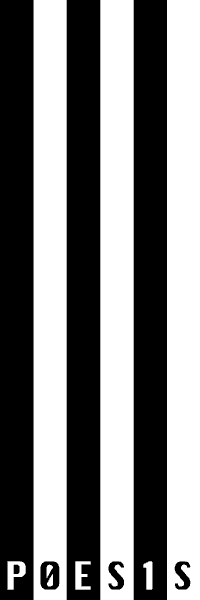Analog-Digital-Spiegel und Blind Genes
The Analog-Digital-Spiegel (programming by Reinhard Möller) shows how an analogue portrait (corresponding to sensory experience) changes into its digital (dismantled and computed) text base. A camera, which is integrated in the projection screen, records people stepping in front of it. If the person in front of the “mirror” moves, this movement is converted into alphanumeric picture code and is depicted both visually and acoustically by movement of the code characters: digital pictures are fluid. If the person stops moving, the byte picture changes into a real picture representing the person pictorially: analogue pictures are rigid. Both modes overlap in an intermediate area of slight movement. The Blind Genes represent life’s source text, not that of the picture. Data sequences found by a search for the term “blindness” in the Internet GenBank Database were transcoded into Braille using the colors yellow (adenine), blue (guanine), red (cytosine), and green (thymine), and respectively positioned in one-meter-blocks. The height of each text block is given by the amount of data in a sequence.Andreas Müller-Pohle
born in 1951, lives in Berlin and Göttingen. Artist and publisher. Economics and communication studies at the Universities of Hannover and Göttingen from 1973-79. Since 1980, editor of the European Photography magazine. Published Vilém Flusser’s Die Schrift (On Writing) as an electronic book, in 1986. He founded the Edition Flusser in 1996. Since 1997, guest professor at the Higher Institute for Fine Arts, Antwerp. Recipient of the Reind M. De Vries European Photography Prize, 2001. Numerous exhibitions in Europe, America and Japan.> Andreas Müller-Pohle


